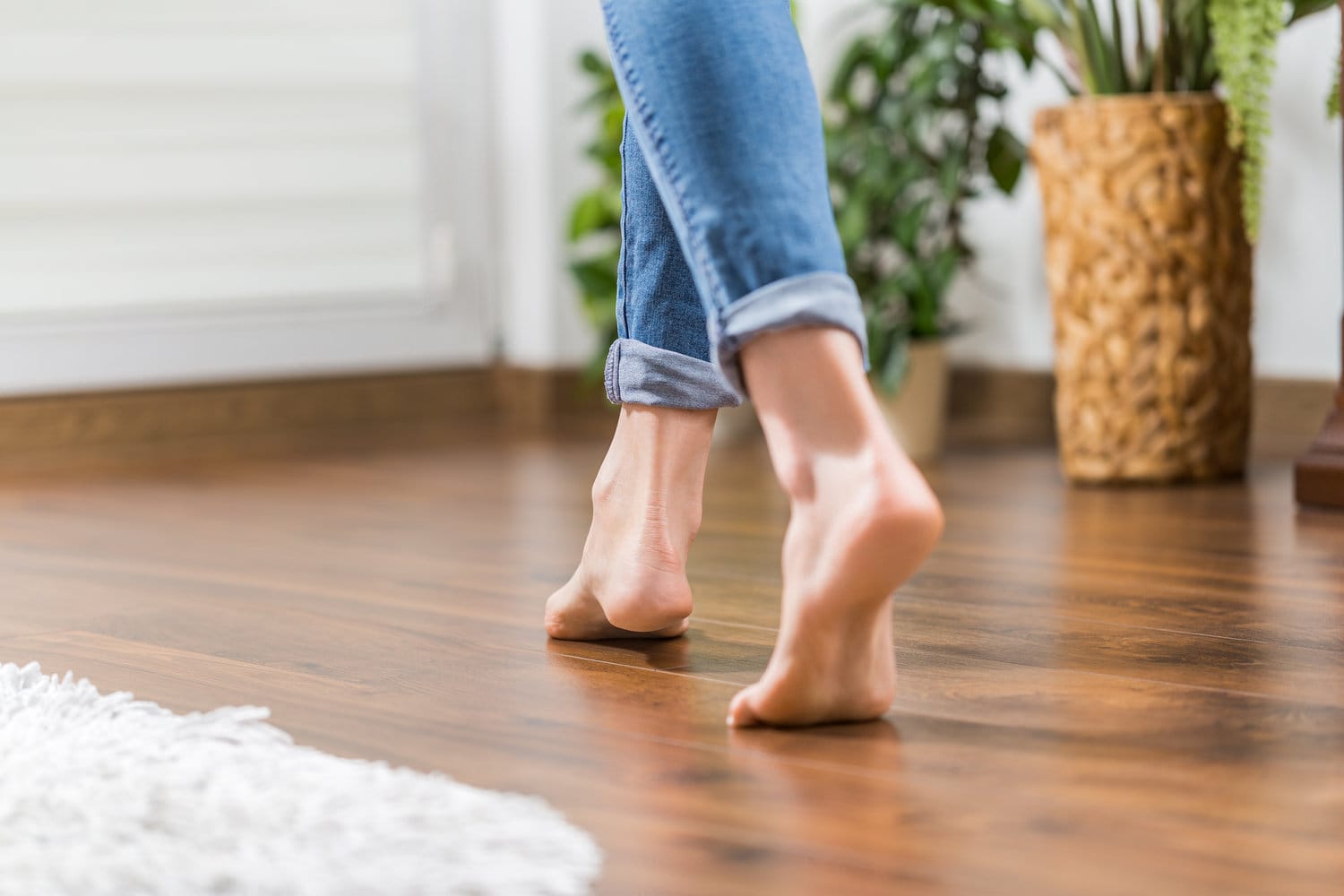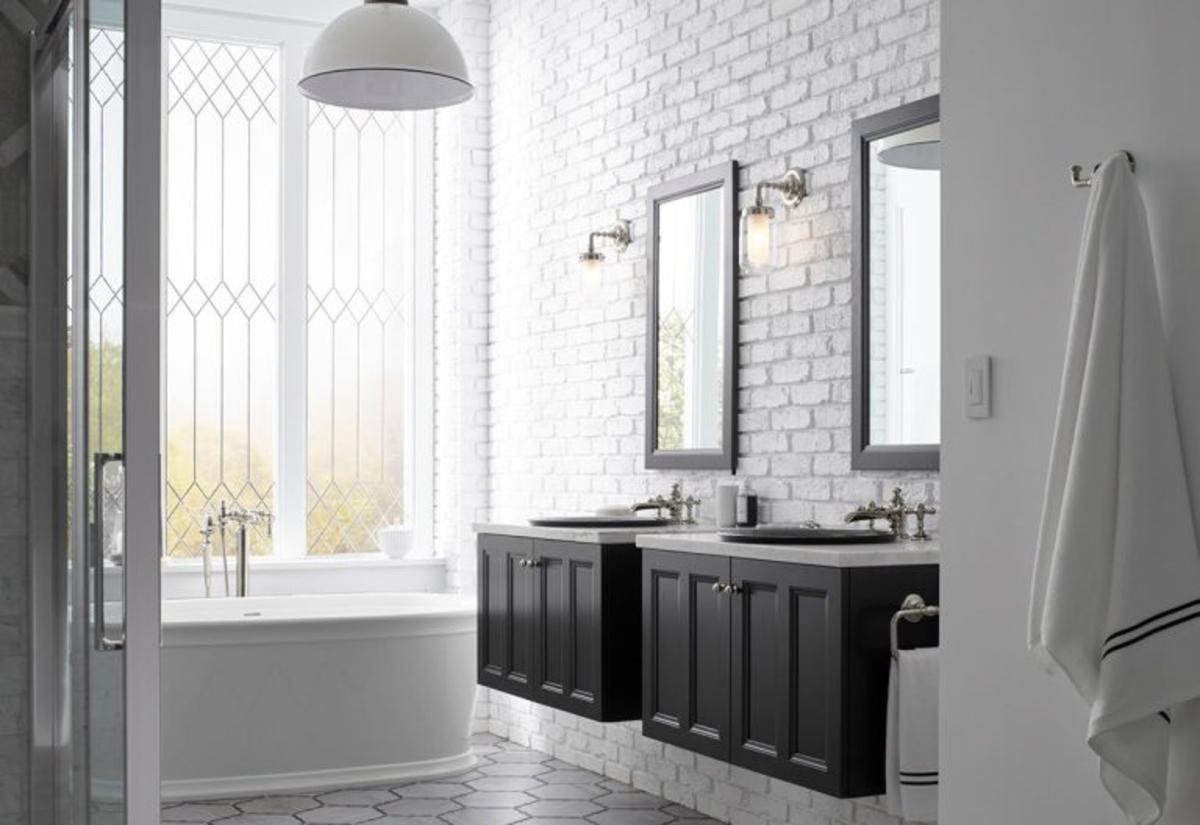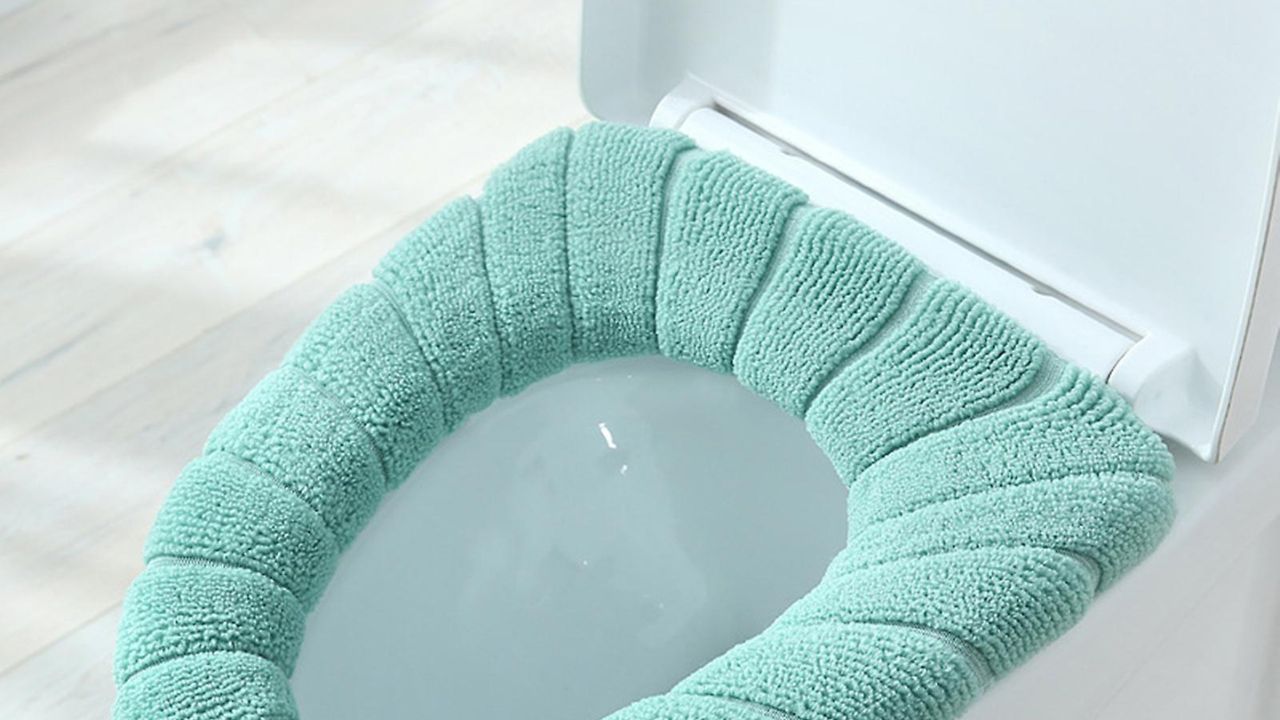Home>Furniture & Design>Outdoor Furniture>How To Keep Outdoor Pet Rabbits Warm In Winter


Outdoor Furniture
How To Keep Outdoor Pet Rabbits Warm In Winter
Modified: August 27, 2024
Learn how to protect your outdoor pet rabbits from the cold with these winter care tips. Keep your rabbits warm and safe during the colder months. Outdoor furniture, furniture, and design.
(Many of the links in this article redirect to a specific reviewed product. Your purchase of these products through affiliate links helps to generate commission for Storables.com, at no extra cost. Learn more)
Introduction
Welcoming pet rabbits into your outdoor space can bring joy and companionship to your home. However, as the winter season approaches, it's crucial to ensure that your furry friends are well-prepared to face the dropping temperatures. Keeping outdoor pet rabbits warm in winter requires thoughtful consideration and proactive measures to safeguard their well-being.
In this comprehensive guide, we will explore the essential steps to provide a cozy and safe environment for outdoor pet rabbits during the colder months. By understanding their needs and implementing effective strategies, you can help your rabbits stay comfortable and healthy throughout the winter season. From providing adequate shelter to monitoring temperature changes, each aspect plays a crucial role in ensuring the welfare of your outdoor pet rabbits.
Join us as we delve into the intricacies of caring for outdoor pet rabbits in winter, offering practical insights and valuable tips to help you create a nurturing and warm habitat for your beloved companions. Let's embark on this journey to discover the best practices for keeping outdoor pet rabbits snug and content during the chilly winter months.
Key Takeaways:
- Keep outdoor pet rabbits warm in winter by providing adequate shelter, insulating their living space, and adding warm bedding. Monitor temperature changes and adjust as needed to ensure their well-being and comfort.
- Understanding the unique needs of outdoor pet rabbits is crucial for creating a cozy and secure environment during winter. By prioritizing their comfort and implementing thoughtful strategies, you can ensure their warmth and well-being.
Read more: How To Keep A Sunroom Warm In Winter
Understanding the Needs of Outdoor Pet Rabbits
Before addressing the specific methods for keeping outdoor pet rabbits warm in winter, it’s essential to grasp the unique requirements of these delightful creatures. Rabbits are sensitive to extreme temperatures, particularly cold weather, which can pose significant risks to their health and well-being. As social animals, they thrive in environments that offer comfort, security, and ample space for movement.
When residing outdoors, rabbits require protection from harsh weather conditions, including low temperatures, wind, and moisture. Additionally, their living space should enable them to exhibit natural behaviors, such as hopping, digging, and seeking refuge. Understanding the distinct needs of outdoor pet rabbits allows us to tailor our approach to winter care effectively.
Furthermore, rabbits have a natural tendency to burrow and seek warmth, especially during colder periods. Their fur provides insulation, but it may not suffice in extremely low temperatures. As responsible caretakers, it’s our responsibility to create an environment that aligns with their instincts and ensures their comfort and safety throughout the winter season.
By acknowledging the specific needs of outdoor pet rabbits, we can develop a holistic approach to winter care that encompasses both physical and psychological well-being. This understanding serves as the foundation for implementing practical strategies to keep outdoor pet rabbits warm and content during the chilly months ahead.
Providing Adequate Shelter
Creating a suitable shelter is a fundamental aspect of ensuring the well-being of outdoor pet rabbits in winter. The shelter serves as their primary refuge from the elements, offering protection against cold temperatures, wind, and precipitation. When designing or selecting a shelter for outdoor rabbits, several key considerations come into play to provide an environment that promotes warmth and security.
Size and Structure: The shelter should provide ample space for the rabbits to move around comfortably. It should be sturdy and well-constructed to withstand winter weather conditions, including snow and strong winds. A raised or elevated structure can help prevent moisture from seeping in and provide better insulation.
Insulation and Ventilation: Insulating the shelter is crucial for retaining heat. Utilize materials such as straw, hay, or specially designed insulating fabrics to line the interior of the shelter. Adequate ventilation is also essential to prevent the buildup of moisture, which can lead to dampness and related health issues.
Protection from Elements: Position the shelter away from direct drafts and ensure that it is shielded from rain, snow, and excessive sunlight. This can be achieved by orienting the entrance away from prevailing winds and using weather-resistant materials for construction.
Accessibility and Security: The shelter should have a secure entrance and exit, allowing the rabbits to move in and out freely while protecting them from potential predators. Additionally, providing multiple entry points can offer the rabbits escape routes in case of emergencies.
By prioritizing the creation of a well-designed shelter, you can establish a comfortable and secure space that meets the specific needs of outdoor pet rabbits during the winter months. This foundational element sets the stage for implementing additional measures to ensure their warmth and well-being in outdoor settings.
Insulating the Living Space
Effective insulation is paramount in maintaining a cozy and warm living environment for outdoor pet rabbits during the winter. By strategically insulating their living space, you can minimize heat loss and create a snug retreat that shields them from the chilly outdoor conditions. Several insulation methods and materials can be employed to enhance the thermal comfort of the rabbits’ habitat.
Utilizing Insulating Materials: Incorporating insulating materials within the shelter’s structure can significantly improve its thermal properties. Layering the interior with straw, hay, or shredded paper provides a natural and effective form of insulation. These materials trap heat and create a cozy bedding area for the rabbits to nestle in.
Adding Thermal Blankets or Covers: Supplementing the shelter with thermal blankets or covers can further bolster its insulation. These specialized covers are designed to retain heat and repel moisture, offering an additional barrier against the cold. When selecting blankets or covers, opt for those specifically tailored for outdoor use and durability.
Sealing Gaps and Drafts: Inspecting the shelter for any gaps, cracks, or areas of poor insulation is crucial for preventing heat loss. Seal any openings with weather-stripping or caulking to minimize drafts and maintain a consistent internal temperature. Pay particular attention to windows, doors, and seams where cold air may infiltrate.
Elevating the Living Area: Raising the rabbits’ living space slightly above the ground can help prevent heat loss through conduction. This elevation creates a buffer zone that reduces direct contact with the cold ground, enhancing the overall insulation of the habitat.
By implementing these insulation strategies, you can transform the rabbits’ living space into a warm and inviting haven that shields them from the harsh realities of winter. Thoughtful insulation not only safeguards their physical comfort but also contributes to their overall well-being by minimizing the stress of enduring cold temperatures.
Provide plenty of bedding such as straw or hay in the rabbit’s hutch to keep them warm. You can also use a heat lamp or a heated pad designed for outdoor use to provide extra warmth during the colder months.
Adding Warm Bedding
Providing appropriate bedding is a crucial component of ensuring the warmth and comfort of outdoor pet rabbits during the winter season. The bedding serves as a vital insulating layer and a soft, cozy foundation for the rabbits to rest and seek warmth. Selecting the right bedding materials and maintaining a clean and dry bedding environment are essential for promoting the well-being of your outdoor rabbit companions.
Choosing Suitable Bedding Materials: Opt for bedding materials that offer excellent insulation and moisture-wicking properties. Straw and hay are popular choices, as they provide natural warmth and a comfortable nesting surface. Avoid materials that retain moisture or become compacted, as damp bedding can compromise the rabbits’ health.
Layering and Nesting Opportunities: Create multiple layers of bedding within the shelter to allow the rabbits to burrow and nestle comfortably. This enables them to regulate their body temperature and seek warmth as needed. Providing nesting boxes or enclosed spaces filled with warm bedding offers the rabbits a sense of security and seclusion.
Maintaining Clean and Dry Bedding: Regularly inspect and replace soiled or damp bedding to prevent the accumulation of moisture, which can lead to cold-related health issues. Keeping the bedding clean and dry is essential for preserving its insulating properties and ensuring a hygienic living environment for the rabbits.
Monitoring and Adjusting Bedding Levels: Pay attention to the rabbits’ behavior and adjust the bedding levels accordingly. During particularly cold spells, consider adding extra layers of bedding to bolster insulation and provide the rabbits with additional warmth. Monitoring their bedding preferences allows you to tailor the environment to their comfort needs.
By prioritizing the provision of warm and suitable bedding, you can create a nurturing and inviting space that supports the rabbits’ natural behaviors and thermal regulation. The bedding not only serves as a source of physical warmth but also contributes to their emotional well-being by offering a secure and comfortable resting area.
Read more: How To Keep Balcony Warm In Winter
Providing Additional Heating Options
While effective insulation and warm bedding play pivotal roles in maintaining the comfort of outdoor pet rabbits during winter, providing additional heating options can offer supplementary warmth and support their well-being in colder climates. These heating solutions are designed to augment the rabbits’ natural ability to regulate their body temperature and create a more thermally stable environment within their living space.
Heated Pads or Mats: Utilizing heated pads or mats designed for outdoor use can provide localized warmth within the rabbits’ shelter. These specialized heating devices are engineered to generate gentle heat, offering the rabbits a cozy area to rest and seek warmth during colder periods. It’s crucial to select heating pads with built-in temperature controls and safety features to ensure the rabbits’ safety.
Heat Lamps or Infrared Heaters: Installing heat lamps or infrared heaters in the rabbits’ living space can create a gentle and encompassing source of warmth. These heating options should be positioned at a safe distance to prevent direct contact and equipped with protective covers to avoid accidental burns or overheating. It’s essential to monitor the temperature and ensure that the heating devices are securely installed.
Thermal Shelter Additions: Introducing thermal shelter additions, such as insulated hideaways or enclosed structures with built-in heating elements, can offer the rabbits dedicated warm retreats within their habitat. These additions provide supplemental warmth while allowing the rabbits to seek refuge in areas specifically designed for thermal comfort.
Hot Water Bottles or Snuggle Safe Discs: Placing hot water bottles or microwaveable snuggle safe discs wrapped in cloth within the rabbits’ shelter can offer temporary warmth during particularly cold spells. These portable heat sources can be positioned strategically to provide localized warmth and comfort, especially during nighttime when temperatures drop.
By incorporating these additional heating options, you can create a more thermally hospitable environment for outdoor pet rabbits, ensuring that they have access to supplemental warmth and comfort when facing the challenges of winter weather. It’s essential to prioritize the safety and well-being of the rabbits when implementing heating solutions, selecting options that are specifically designed for animal use and monitoring their effectiveness regularly.
Monitoring and Adjusting for Temperature Changes
Continuous monitoring of temperature changes and proactive adjustments are integral to ensuring the well-being of outdoor pet rabbits during the winter season. By staying vigilant and responsive to fluctuations in temperature, you can adapt the rabbits’ living environment to maintain optimal warmth and comfort, safeguarding them from the adverse effects of cold weather.
Temperature Monitoring: Use reliable thermometers to regularly assess the ambient temperature within the rabbits’ living space. Place thermometers in strategic locations to capture accurate readings and ensure that they are easily visible for convenient monitoring. This allows you to track temperature trends and respond promptly to any significant changes.
Observing Rabbit Behavior: Pay close attention to the rabbits’ behavior and body language, as these can provide valuable insights into their comfort level. Signs of discomfort, such as huddling together for warmth, seeking out insulated areas, or displaying decreased activity, indicate the need for adjustments to enhance their thermal comfort.
Adjusting Insulation and Bedding: Based on temperature observations and the rabbits’ behavior, make timely adjustments to the insulation and bedding within their shelter. Adding extra layers of insulating materials, replenishing warm bedding, or repositioning nesting areas can help counteract temperature changes and provide the rabbits with enhanced warmth as needed.
Modifying Heating Solutions: If utilizing additional heating options, such as heated pads or lamps, carefully assess their effectiveness and adjust their settings or positioning in response to temperature fluctuations. Monitoring the rabbits’ proximity to heating sources and ensuring the safe and consistent operation of heating devices are essential for maintaining a comfortable living environment.
Providing Shelter Alternatives: Offer the rabbits access to alternative shelter options, such as enclosed structures or thermal hideaways, to accommodate their preferences in response to temperature variations. Providing diverse shelter choices allows the rabbits to seek out the most suitable environment based on their individual comfort needs.
By actively monitoring temperature changes and responding with appropriate adjustments, you can effectively mitigate the impact of fluctuating winter temperatures on outdoor pet rabbits. This proactive approach ensures that the rabbits’ living space remains conducive to their well-being, promoting a sense of security and comfort throughout the winter season.
Conclusion
Caring for outdoor pet rabbits during the winter entails a multifaceted approach centered on understanding their unique needs and implementing thoughtful strategies to ensure their warmth and well-being. By prioritizing the creation of a cozy and secure living environment, you can provide your rabbit companions with the comfort and protection they require to thrive in colder climates.
From providing adequate shelter that shields them from the elements to insulating their living space to retain warmth, each aspect of winter care plays a crucial role in safeguarding the rabbits’ physical and emotional comfort. Additionally, the provision of warm bedding and the thoughtful integration of additional heating options offer supplemental warmth, supporting the rabbits’ natural ability to regulate their body temperature.
Continuous monitoring of temperature changes and proactive adjustments enable you to respond effectively to the dynamic nature of winter weather, ensuring that the rabbits’ living environment remains conducive to their well-being. By observing their behavior and attentively addressing their comfort needs, you can create a nurturing and safe habitat that promotes their overall health and contentment.
As responsible caretakers, it’s essential to approach the care of outdoor pet rabbits in winter with empathy, attentiveness, and a commitment to meeting their specific requirements. By fostering a warm and inviting space that aligns with their natural instincts and thermal comfort needs, you can provide your rabbit companions with the care and consideration they deserve, enhancing their quality of life throughout the winter season and beyond.
Embracing these principles of compassionate care and practical strategies empowers you to create an environment where outdoor pet rabbits can flourish, even in the face of wintry conditions. By cultivating a nurturing winter habitat, you can strengthen the bond with your rabbit companions and ensure that they experience the season with warmth, comfort, and joy.
Frequently Asked Questions about How To Keep Outdoor Pet Rabbits Warm In Winter
Was this page helpful?
At Storables.com, we guarantee accurate and reliable information. Our content, validated by Expert Board Contributors, is crafted following stringent Editorial Policies. We're committed to providing you with well-researched, expert-backed insights for all your informational needs.















0 thoughts on “How To Keep Outdoor Pet Rabbits Warm In Winter”